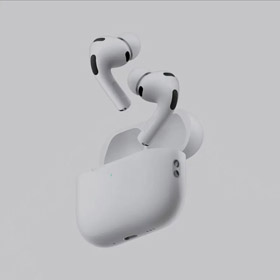Leveraging Shopping Spreadsheets for Competitive Pricing in Reverse Purchasing Platforms
In today's fiercely competitive market landscape, reverse purchasing platforms face growing pressure to optimize pricing strategies while maintaining service quality. This article explores how shopping spreadsheets serve as a powerful analytical tool to benchmark competitors' prices, analyze cost structures, and establish data-driven pricing systems to enhance market competitiveness.
1. Price Strategy Benchmarking via Spreadsheets
Electronic spreadsheets enable reverse purchasing platforms to systematically track and compare pricing across major sourcing websites (e.g., Taobao, JD.com, Pinduoduo) through:
- Real-time price monitoring:
- Dynamic pricing matrices:
- Historical trend analysis:
- Dynamic pricing matrices:
| Product | Taobao Price | JD Price | Platform X Price | Price Advantage |
|---|---|---|---|---|
| SK-II Essence | $98.00 | $105.00 | $95.50 | ✓ (2.6%) |
2. Cost Structure Optimization
Shopping spreadsheets facilitate precise cost breakdowns through:
- Multi-layer cost formulas:
- Supplier comparison tabs:
- Shipping scenario modeling:
- Supplier comparison tabs:
A well-structured cost spreadsheet can reduce operational expenses by 12-18% through identifying optimal shipping routes and avoiding hidden fees.
3. Dynamic Profit Simulation Models
Advanced spreadsheet functions enable forward-looking financial planning:
- Data validation controls:
- Live dashboard functions:
- Break-even analyzers:
- Live dashboard functions:
Target Price = [(Base Cost × Safety Factor) + Logistics] ÷ (1 - Target Margin)
4. Operational Cost Reduction Strategies
Spreadsheets help lower costs without sacrificing quality:
| Cost Category | Spreadsheet Solution | Savings Potential |
|---|---|---|
| Payment Processing | Fee comparison across gateways | 1.5-3% per transaction |
| Warehousing | Inventory turnover analysis | 8-15% storage savings |
Conclusion
By transforming shopping spreadsheets into centralized competitive intelligence platforms, reverse purchasing businesses can achieve 3-5% price competitiveness, 20-30% faster decision-making, and 7-12% higher customer conversion



















